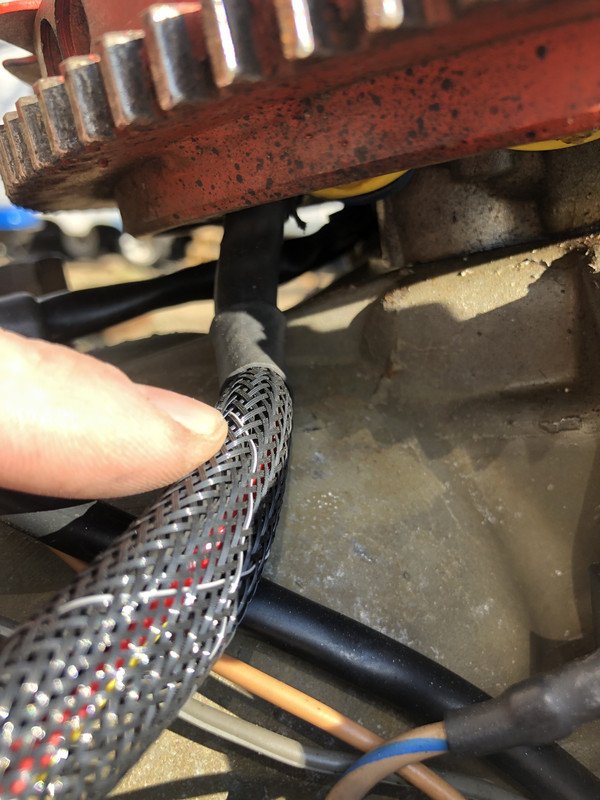Engine Serial number 0G981368
2000 Mercury Promax 225
Not sure on exact make or pitch of prop, it is a stainless 4 blade with no markings on the barrel, it does have four holes and EOT-14326-R4 marked inside the barrel.
Maximum RPM is unknown at the time because I haven't learned how to drive the boat at WOT and I'm still setting up engine height. At 60 MPH the chine walk starts and I'm still learning to correct it. The RPM is around 5000 at this point.
Idle water pressure is 4-5 PSI and at 5000 RPM it is around 18, unknown what it will be at when at full WOT as mentioned above.
Analog instrumentation installed in the dash.
No engine mods that I'm aware of, but some things aren't adding up.
The boat is a 1993 Bullet 20XD that I bought used a few months ago.
My engine quits while running. It does not surge, just stops. I can immediately restart the engine and continue running. Interestingly, I can also start my engine in gear. No warning beeps or horns, but there also isn't a beep when I turn the key.
After searching BBC and the internet at large I have concluded I need to inspect the fuel delivery system and the voltage regulators to correct the dying problem and possibly have the ECU tested. Tomorrow I will do some more troubleshooting for a more complete understanding of the condition of this engine, but for now I have discovered that I have burned wires on my voltage regulator (singular). I have read multiple posts that indicate voltage regulators (plural). After using the link to search for parts at European Marine Parts I am not sure if I should have one or two voltage regulators. One would seem to indicate a 16 amp charging systems and two would seem to indicate a 40 amp charging system (2x20 amps systems together)? The stator does not look burned, but I have also not tested it yet.
I am far from an expert and really just trying to piece together what I've read from multiple searches of multiple forums and YouTube.
Attached below is a picture of my voltage regulator and the plate it mounts to, which seems to clearly show a place for two.
If anyone has a guess as to why I only have one or reasonable suspicion on why I might only have one from the factory, I would appreciate it.





 Reply With Quote
Reply With Quote







